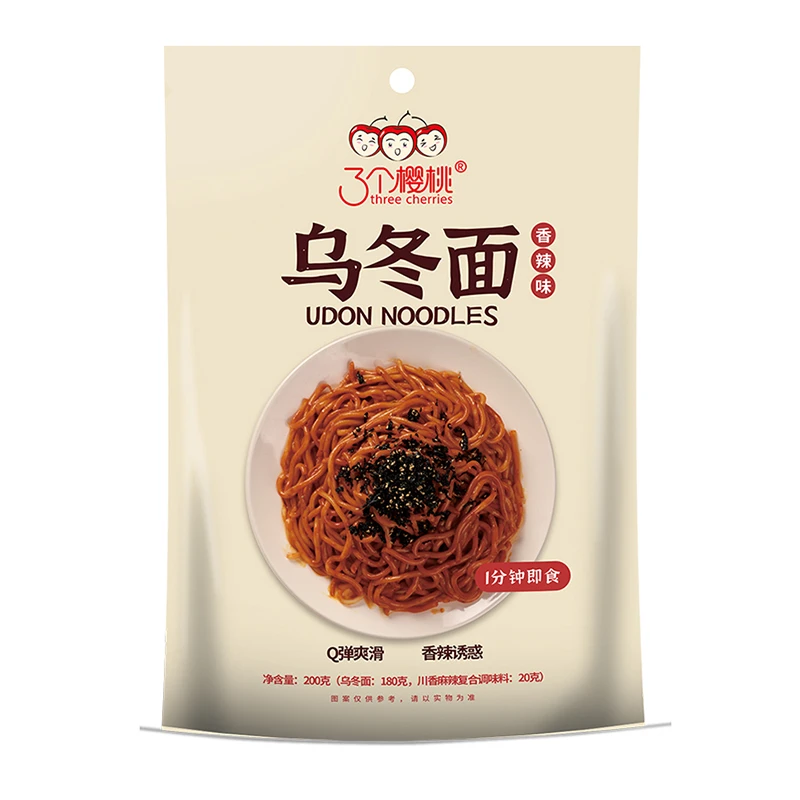hand made chinese noodles
The Art of Handmade Chinese Noodles
Chinese cuisine is renowned for its diversity and rich flavors, but one of its most comforting and beloved staples is undoubtedly the humble noodle. Among the various ways to prepare them, handmade Chinese noodles hold a special place, embodying a tradition that has been passed down through generations. The process of making these noodles is not merely a cooking technique; it is an art form that reflects the culture, history, and craftsmanship of the people.
The Tradition Behind Handmade Noodles
The origin of Chinese noodles dates back thousands of years, with some historical accounts suggesting that they were first made around 2000 BC. Traditionally, the creation of handmade noodles was often a community activity, where families would gather together, sharing ingredients and stories. This made the noodle-making process not only a culinary task but also a social event, strengthening family bonds and connections to one’s heritage.
Handmade Chinese noodles come in various forms, each with its own unique characteristics. Some are thin and delicate, like the famous Lanzhou beef noodles, while others are thick and hearty, perfect for stir-fries or soups. Regardless of the type, the process remains similar simple ingredients consisting mainly of flour, water, and sometimes salt, are transformed into something extraordinary through the skillful hands of the maker.
The Noodle-Making Process
The art of making handmade noodles begins with the selection of high-quality flour. Depending on the region and the type of noodle, different types of flour may be used. For example, wheat flour is commonly utilized for its gluten content, which provides the necessary elasticity.
The first step in the process is to form a dough. Water is gradually added to the flour, mixed until it reaches a smooth and pliable consistency. This dough must then be kneaded vigorously; the kneading process is crucial as it develops the gluten structure, which gives the noodles their characteristic chewiness.
hand made chinese noodles

After kneading, the dough is typically allowed to rest. This resting period relaxes the gluten, making it easier to shape and stretch the dough into thin strands. Once rested, the dough is either rolled out or stretched by hand, depending on the desired thickness of the noodles. The skillful use of hands is vital here, as the dough must be stretched evenly without tearing.
When the desired thickness is achieved, the noodles are cut into strips and can be cooked immediately or dried for later use. The cooking process usually involves boiling the fresh noodles until they are tender yet still have a delightful bite. The beauty of handmade noodles lies in their ability to absorb flavors, making them the perfect accompaniment to various broths, sauces, and toppings.
The Cultural Significance
Handmade noodles are more than just food; they symbolize the essence of community and familial love in Chinese culture. From the bustling streets of Beijing to the quiet villages in Sichuan, noodles are often served during significant celebrations, family gatherings, and festivals. They represent longevity, prosperity, and good fortune, and are often enjoyed on birthdays or during the Lunar New Year.
In recent years, the art of handmade Chinese noodles has gained international recognition, attracting enthusiasts and foodies worldwide. Culinary workshops and classes dedicated to this ancient craft are popping up in diverse cities, allowing people from various backgrounds to connect with this beautiful tradition.
Conclusion
The making of handmade Chinese noodles is a profound testament to the cultural heritage and culinary artistry of China. It combines simple ingredients with skilled techniques to create something truly special. Whether you enjoy them in a warm bowl of soup or stir-fried with vibrant vegetables, handmade noodles are a delightful reminder of the time-honored traditions that continue to bring people together, dish after dish. Embracing this ancient craft not only preserves its legacy but also enriches our culinary experiences, one noodle at a time.
-
Unleash Your Inner Chef with Delectable Italian Pasta CreationsNewsAug.01,2025
-
Savor Health and Flavor: Irresistible Soba Noodles for Sale Await!NewsAug.01,2025
-
Nourish Your Body with Premium Organic Ramen - A Culinary Delight AwaitsNewsAug.01,2025
-
Elevate Your Dishes with Our Exquisite Kinds of Egg NoodlesNewsAug.01,2025
-
Dive into Flavorful Convenience with Our Ramen OfferingsNewsAug.01,2025
-
Discover Exquisite Types of Naengmyeon and Chilled Soba NoodlesNewsAug.01,2025
-
Is Whole Wheat Pasta Healthy?NewsMay.30,2025
Browse qua the following product new the we

















































































































